
Active recreation / The 5 most beautiful attractions on the Slovenian coast
The Slovenian coast is known for its many natural and cultural attractions. The coastal towns are characterized by the Mediterranean charm that you can fell in the air and by the Istrian hinterland. Every costal town has its own characteristics and particularities and some of these attractions are worth to be visited. We are presenting the 5 most beautiful spots on the Slovenian coast.
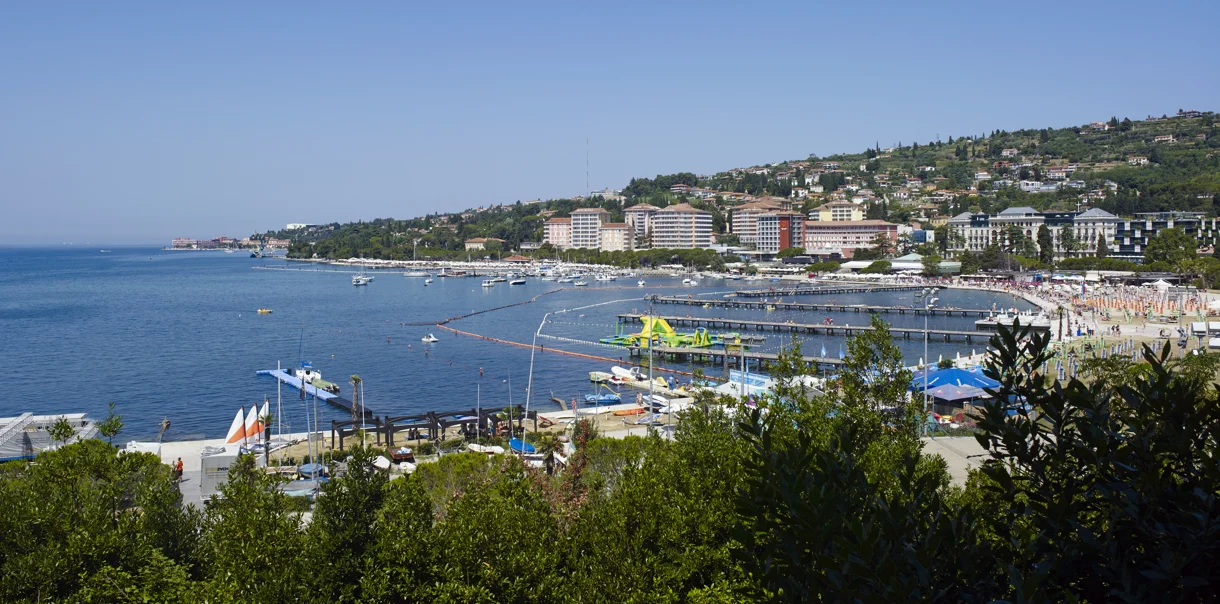
Church of St. Bernardine – Portorož
The Bernardin Resort is situated between Piran – one of the oldest cities in Slovenia, and the port of roses – Portorož. The main part of the Resort is decorated with the bell tower and former monastery church St. Bernardine from the 15th century that speak about the rich cultural heritage of this place. The remains of the former monastery comprise a well-preserved and eminent bell tower, the church presbytery and the retaining wall complete with arches. The monastery and the church date back to the 15th century and are dedicated to St Bernardine of Siena. The positive energy together with the beneficial Mediterranean climate, sea and beautiful view are still shaping the destiny of this place, which once was a shelter of the Franciscan monks. Activities in the monastery ended in the 19th century and the Austrian military later used the complex as a stronghold, from which soldiers defended the bay.
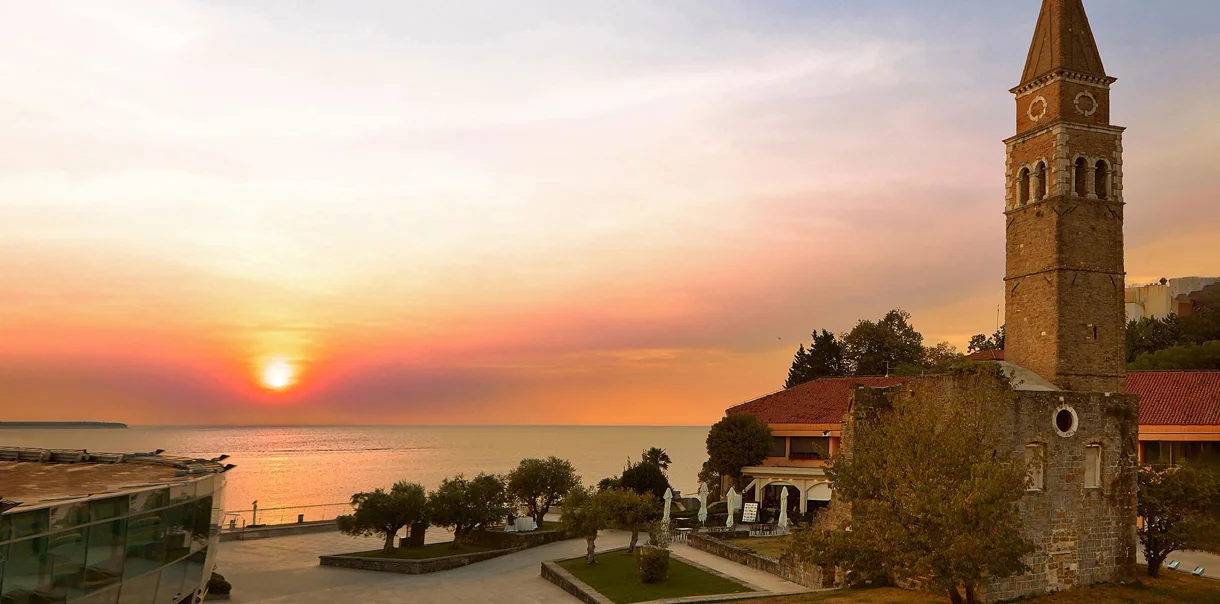
Tartini monument – Piran
In 1892, upon the 200th anniversary of the birth of the artist, the people of Piran wanted to erect a monument to honor the memory of the famous violinist and composer Giuseppe Tartini. The center of Piran is the Tartini Square with the larger-than-life bronze statue of the musician. The statue is the work of the Venetian sculptor Antonio dal Zotto. If you look it closer, you will see the inscription of the author dedicated to his deceased wife Ida Lessiak Nayi Dal Zotto. By the square you can find also the Tartini`s birth house. In the city documents from 1384 the house is named Casa Pizagrua and was built in a baroque stile, but later was renovated in the neoclassic stile. Today, in the house are organized different exhibitions and cultural events. In the house is the memorial room with Tartini`s objects like musician's violin, his letters, Vedute Hall, which features many interesting wall paintings and the portrait, and his death mask.
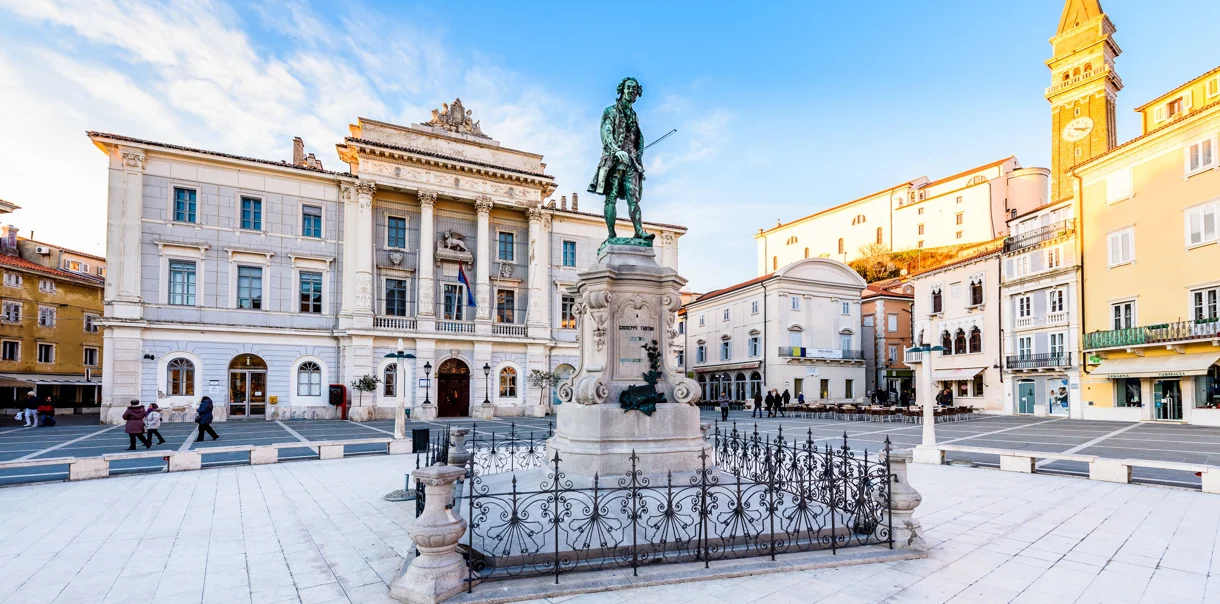
Moon bay – Strunjan
The Moon bay extends to the Nature Reserve in Strunjan where a 4 km costal path between the peninsula Strunjan and the bay San Simon runs. At the foot of the cliff between the steep part and the sea formed itself a gravel path. The Moon Bay is reachable only by foot by the ebb tide or you can admire it from the path on the top of the cliff. The bay is also crossed by the dragon energetic line – so here you can recharge your batteries.
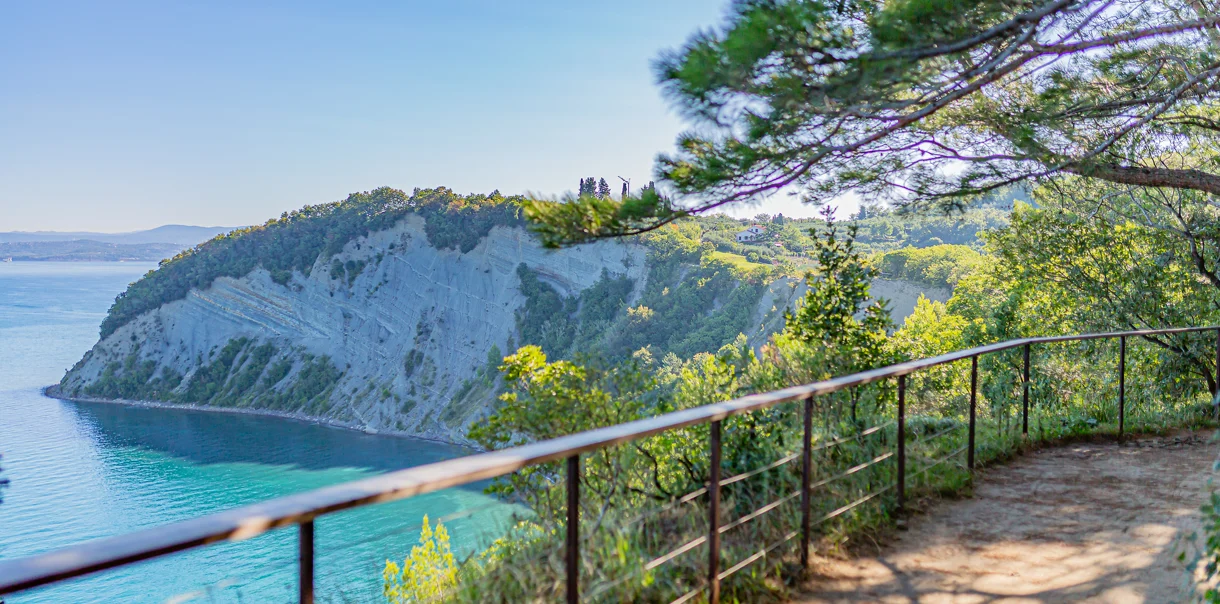
The house of the sea – Izola
Izolana, the House of the Sea, is dedicated to the history of Izola, emphasizing its maritime and seaside character through documentary photographs depicting fishing as one of its main economic activities thanks to the strategic location. Up until the mid-20th century fishermen used wooden boats that were built and mended in the local shipyards and smaller workshops. For this reason, the shipbuilding was another important economic sector. In the museum in Izola you can learn how the boats were built and which were their main characteristic.
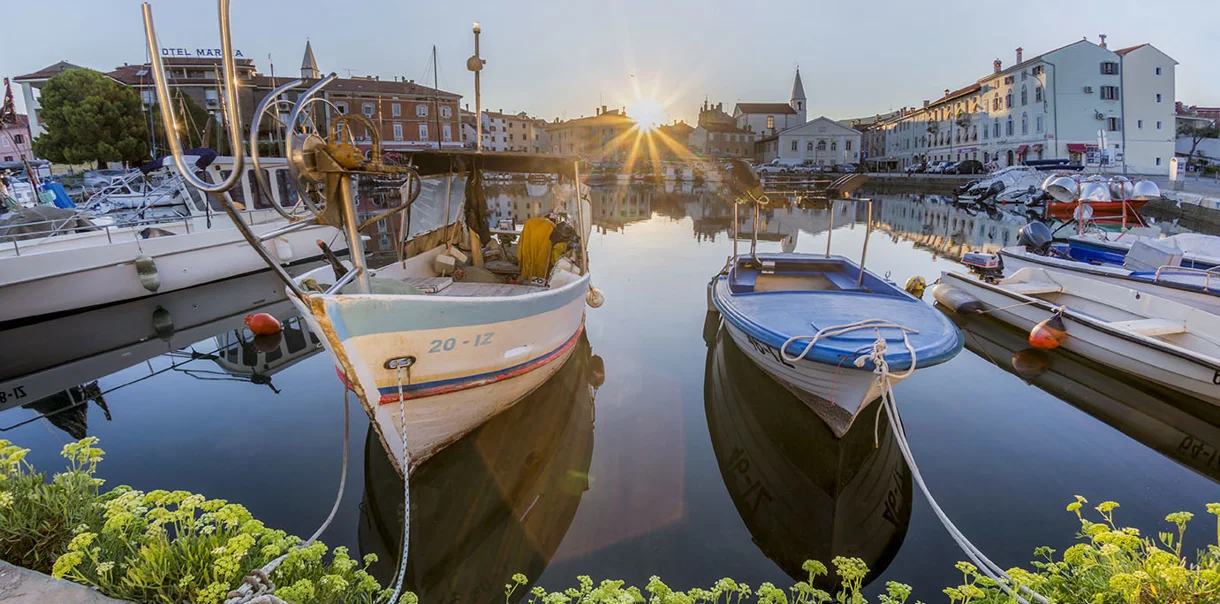
Tito Square– Koper
The Tito Square is one of the most harmonic squares in the former Venetian Republic. It is surrounded by the most important monuments of the 15th century, including Praetorian Palace, Armeria and Foresteria Palace, Loggia Palace and a Cathedral.
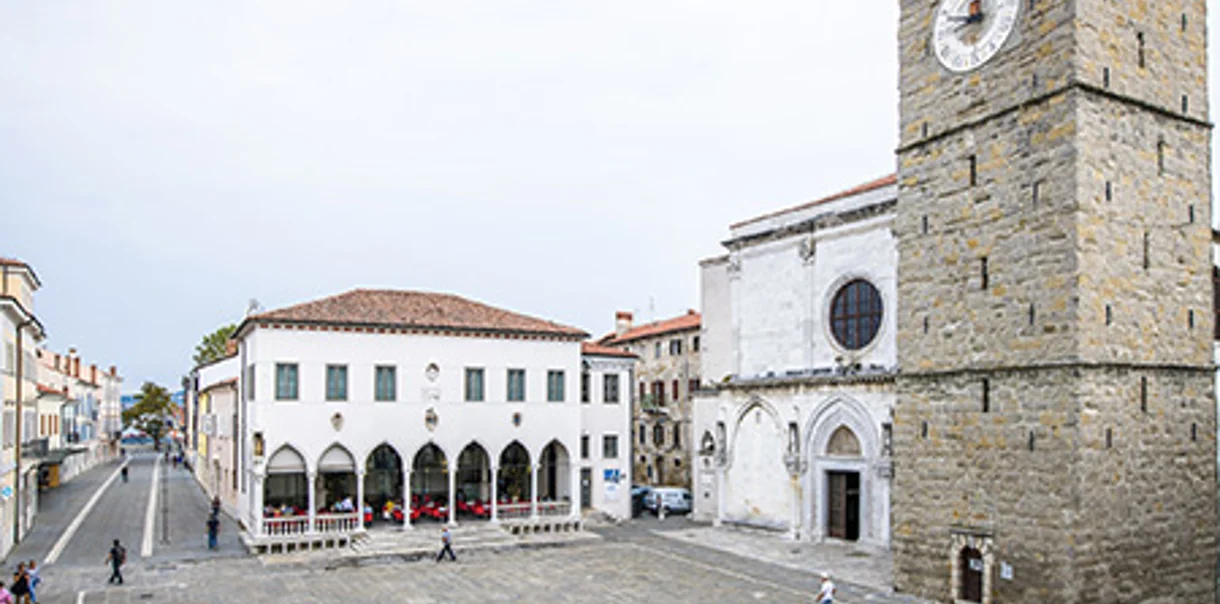
The Cathedral of Mary`s Assumption
The biggest cathedral in Slovenia, the Cathedral of Mary`s Assumption decorates the east part of the main square. Koper's cathedral originally dates back to the 12th century and later, in the 15th century, was expanded. The current façade combines architectural styles, with a Gothic lower half and a noticeably Renaissance upper half. By the end of 2020, a very famous organ will sound in Koper church. The organ was built in year 1988 by the firm Kleuker-Steinmeyer following the plans of the famous French compositor, pianist, organist and pedagogue Jean Guillo. The organ has 4 manuals, 2 pedals, 68 registers and 6054 pips and was used by the main organists for concerts and recording.
The Praetorian Palace
The Praetorian Palace design dates from the middle of the 15th century. The external staircase facing Tito Square was completed in 1447. The center of the crenellated portico features a statue of Justice. The palace has external stars and two towers, one on the east and the other on the west wing. At the corner of the side façade there is a Venetian bocca del leone, a stony plate with an opening, which served for anonymous messages to the mayor. Today in the Praetorian Palace are the Tourist Information Centre, wedding hall and meeting room of the municipal council.
Restaurant and arsenal were transformed into a university
Foresteria, formerly known as Albergo nuovo, was used as reception and accommodation facilities for podesta’s guests. It has a beautiful stone Renaissance door, Porta del Corte. The adjacent building, the Armeria, was used for weapon storage till 1550. Later on, it was changed into a savings bank and pawnshop for the poor (former Monte di Pieta) and offices of city administration and land Duke Deputies and today is housing the University of Primorska. In Foresteria are to find the library of the Faculty of Humanistic, a multipurpose room and a smaller bookshop.
Loggia Palace – more than a coffeehouse
The building was constructed in the 15th century. It was used as a debate club for all the townsmen, with their discussions considered by the city council as well. It sports numerous heraldic decorations and a terracotta plastic of Madonna with Child in a corner niche, built in the memory of the devastating plague of 1554. Since the middle of the 19th century, it is a home of a café, where you can enjoy a cup of coffee and the view of the city square Tito.










